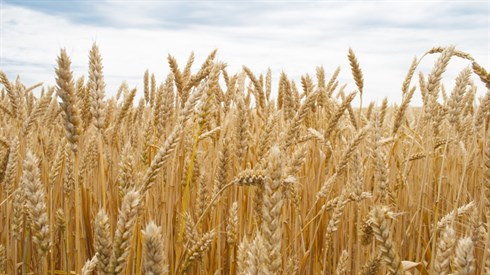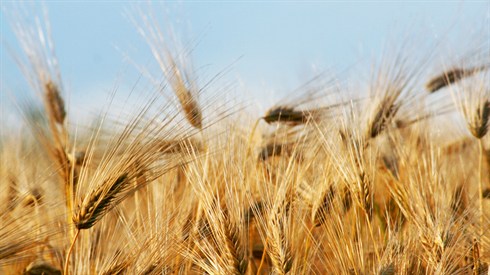53
Answer: The gemara and early Rishonim do not speak explicitly about such a problem. However, the late Ashkenazi Rishon, the Terumat Hadeshen (I:127), assumes there is an issue and identified a Talmudic source for it. The gemara (Pesachim 39b) says that one may not boil two grains of wheat, one on the other, out of concern that the water will not fully reach both grains and prevent chimutz (leavening). He posits that with an oven’s dry heat, a fold in the matza will also impede the halting of the chimutz. The Darchei Moshe (Orach Chayim 461:3) quotes a Maharil who accepts the concern when the two areas fully stick together, as this seriously impedes the hot air. If while rolling the dough, it folds over, additional rolling can undo the problem.
There is ample room to disagree with the Terumat Hadeshen. After all, it is permitted to make a matza up to a tefach (3-4 inches) thick (Pesachim 37a; see Aruch Hashulchan, OC 461:11). The Beit Yosef (OC 461) treats the Terumat Hadeshen as a novel stringency, and he does not cite the halacha in the Shulchan Aruch. The Rama (OC 461:5) does bring it as halacha.
Most Acharonim view matza kefula as a stringency (Chok Yaakov 461:18), unless the matza under the fold does not have the color of baked matza (Magen Avraham 461:11-12). This leads to certain leniencies. The Chok Yaakov says that if one finds matza kefula only after Pesach (when chametz is forbidden only Rabbinically), it is permitted. It is also questionable whether one must burn it before Pesach or on Chol Hamoed (on Yom Tov, it is forbidden to burn or move it; one just covers it – Shulchan Aruch, OC 446:1), although he should remove it (Magen Avraham ibid.).
There is a surprising leniency about how much matza is considered chametz due to the folded part, because there is leniency regarding full chametz in a similar case. If bread is baked together with matza in an oven, the matza remains kosher (Shulchan Aruch, OC 461:5) because non-fatty foods do not transfer enough taste through the air to forbid it (Mishna Berura 461:22). Even if they touch each other, it is enough to remove the area around the place of contact (k’dei netila – approximately, an inch). Poskim distinguish between if the baking took place on Pesach, when a tiny part of chametz forbids large mixtures, and before Pesach, when prohibited foods are "nullified" if there is sixty times more permitted food (Shulchan Aruch, OC 447:1-2). Although in certain cases, bitul before Pesach does not last into the more stringent days of Pesach (chozer v’nei’ur – ibid. 4), it does not apply here. The Rama rules that if the matza kefula was baked on Pesach, the entire matza is forbidden, whereas if it was baked before Pesach, it is enough to remove the part around the folded part (Mishna Berura 461:32). The Sha’ar Hatziyun (461:57) says that we might accept the opinions that the whole matza would be forbidden if the folded part is more than one sixtieth of the matza.
There is a similar issue regarding bubbles in a matza (Rama ibid.), but we generally assume it does not apply in our days since matzot are made in reliably very hot ovens with very thin dough. Regarding the folding over, some hold that the grounds for stringency are more distant than in the Rishonim’s times (see Dirshu 461:82 in the name of Rav C. Kanievsky, in regard to not being required to remove such pieces in our days).
Based on the above, one should not be overly concerned over the prospect of matza kefula. However, he should be vigilant with hand-baked matza to look for clear signs of folded-over sections. This justifies two practical pre-Pesach considerations. This is perhaps the best reason to prefer machine matzot (which almost never have matza kefula) over hand matza (without getting into other considerations). Also, it is advisable (not required or widely practiced) to inspect hand matzot before Pesach (see Dirshu 461:67).

Memories and regrets
Rabbi Berel Wein

Tzeniut in the light of the Maharal
Adapted from Netivot Olam
Rabbi Eliezer Ben-Porat | 5771

Keeping Kosher - Eating Out
Rabbi David Sperling







